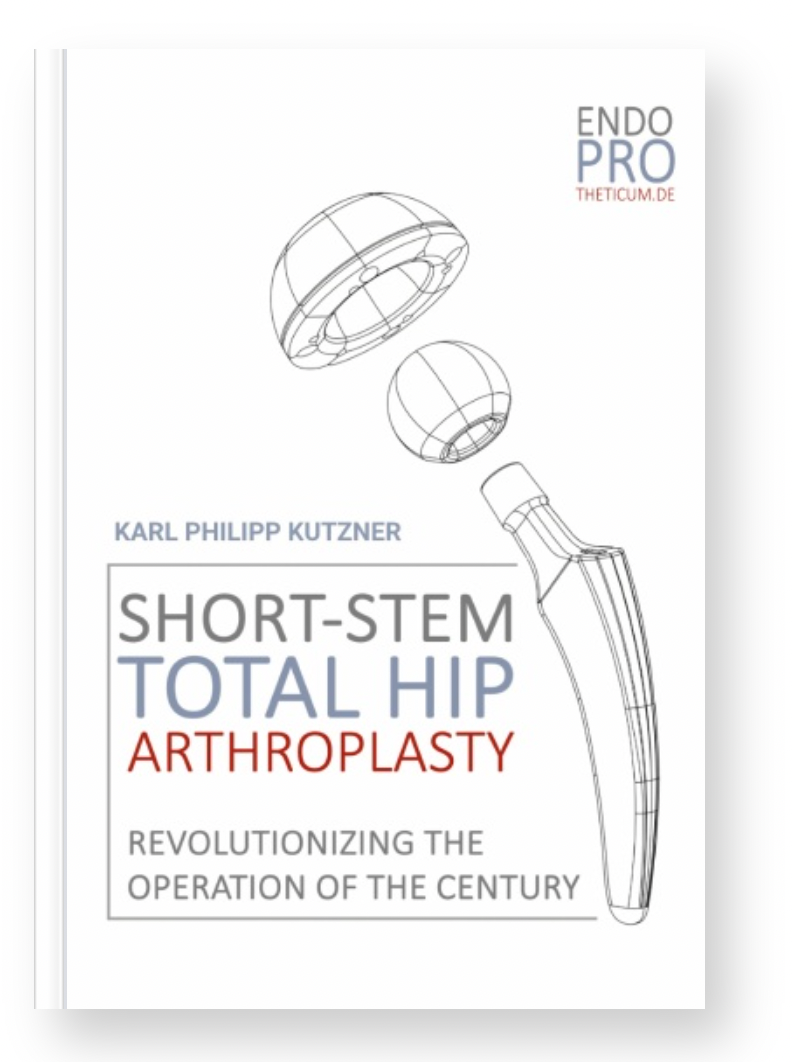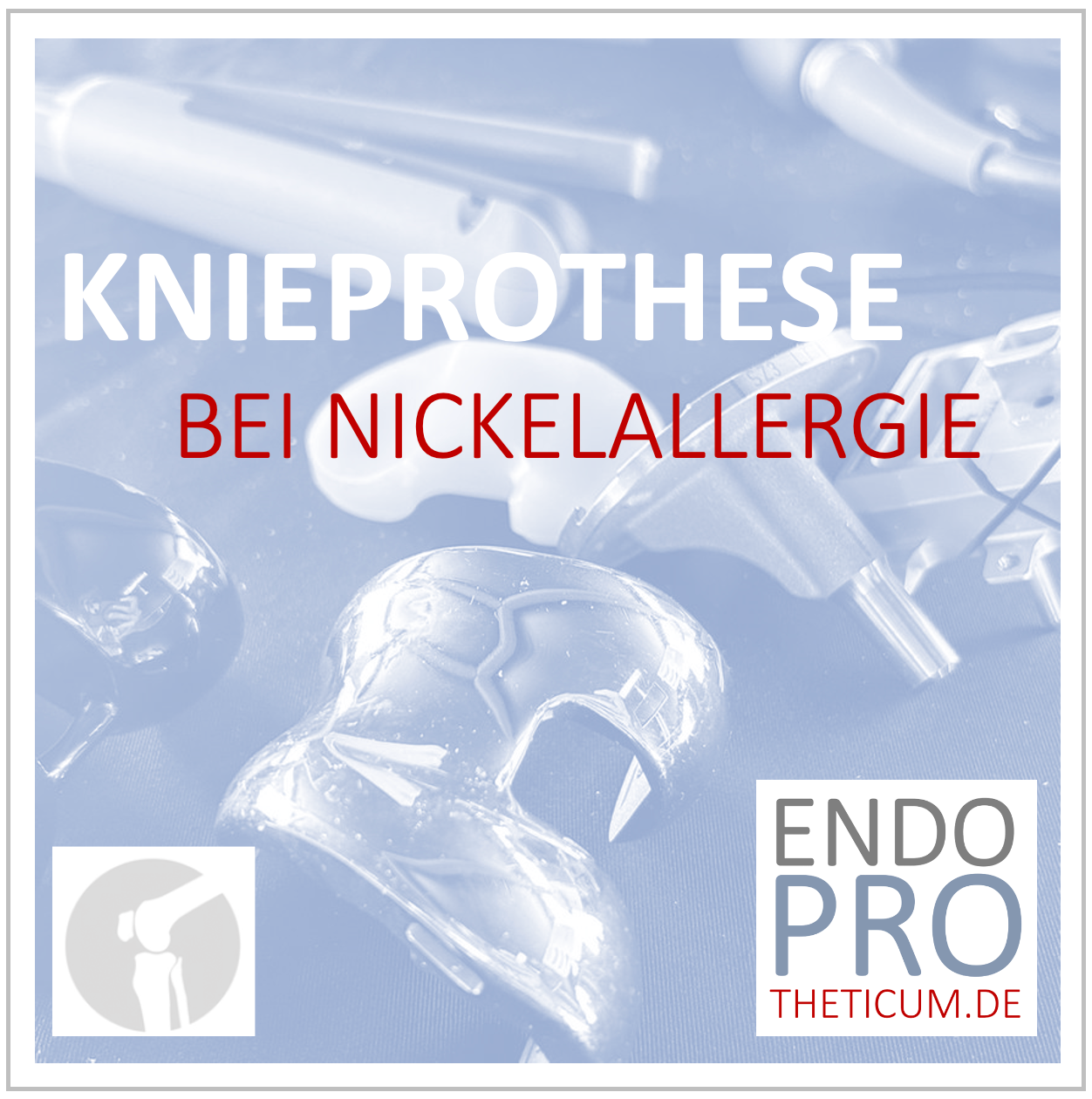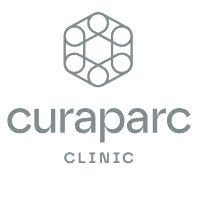Shortiness for the hip - short, round and really good!
Why a short session on the hip improves so much

Choosing the right prosthesis is one of the most important decisions for patients and surgeons in a hip replacement. In recent years, the short sector established itself as a modern alternative to conventional straight shafts. Due to its innovative design, it offers numerous advantages, especially with regard to bone maintenance, natural power induction and faster rehabilitation.
In this comprehensive article we respond to the advantages of the short sector and compare it with traditional straight shafts. We also illuminate which patients this technology is particularly suitable for and why they help shape the future of endoprosthetics.
Anatomy of the hip and the need for a joint replacement
The human hip joint is one of the body's most stressful joints. It consists of the thigh head (femoral head) and the joint pan (acetabulum), which are protected by a stable joint capsule and a complex muscle structure.
With increasing age or through certain diseases such as osteoarthritis, however, the joint can wear out, which leads to severe pain and restricted movement. In such cases, a hip replacement may be necessary to improve the quality of life of the patients.
What is a short sector for the hip?
A short sector is a special form of the hip prosthesis, which is shorter and rounder compared to conventional straight shafts and enables bone -saving anchoring in the thigh bone (femur).
Special features of a short sector:
- Shortened shaft length : In contrast to traditional straight shafts, the short sector is significantly shorter, which favors a minimally invasive implantation.
- Bone -saving design : The bone is spared, which is particularly advantageous for younger patients who could need a revision in the future.
- Anatomical adaptation : The shape of the short sector adapts to the natural anatomy of the femoral bone and ensures optimal intake.
- Stable anchoring : Despite the shorter length, the short sector ensures stable fixation in the bone, often by a cement -free implantation.
Advantages of the short sector towards conventional straight shafts
1. Keeping and improved revision opportunities
One of the biggest advantages of the short sector is the considerable bone maintenance . Since less bone material has to be removed, more of your own bone substance is preserved. This is particularly important if revision surgery is required in the future.
2. Minimally invasive surgical engineering
Due to the reduced shaft design, the short sector can implanted minimally invasively . This means:
- Smaller skin incisions
- Less tissue dreams
- Faster wound healing
- Reduced postoperative pain
- Faster mobilization
3. Physiological intake
The short sector enables a more natural distribution of the forces in the thigh bone, which reduces the risk of bone cut by "stress shielding".
4. Faster rehabilitation
Patients with a short sector benefit benefit from faster rehabilitation . Studies show that they are often mobile again earlier and that everyday activities can resume faster.
Comparison: shortness vs. geradschaft
The short sector offers a high bone maintenance, while the bone resection is accompanied by the bone. The minimally invasive surgical technology of the short sector enables smaller skin slices and less tissue dreams compared to the straightforward. With regard to the resilience, both types of business are equivalent, but the revision is easier to carry out in the short sector because more bones are preserved. The healing period is usually shorter in the shortness, which enables patients to return to everyday life faster. In addition, the soft tissue conservation is significantly higher in the shortness than with conventional straight shafts.
Which patients particularly benefit from the short sector?
Not every patient is suitable for a short sector. However, particularly benefit:
- Younger patients who may need a revision in the future
- Active people who want a quick rehabilitation
- Patients with good bone quality because the short sector requires solid anchoring in the bone
Conclusion: Shortiness for the hip prevails!
The short sector represents a modern, bone -saving and gentle alternative to traditional straight shafts. Thanks to the minimally invasive operating technology, improved power transmission and faster rehabilitation, it offers numerous advantages for many patients.
If you are interested in a hip prosthesis, you should definitely get advice from an experienced hip specialist in order to find the optimal solution for your individual needs.
MAKE AN APPOINTMENT?
You are welcome to make an appointment either by phone or online .



























